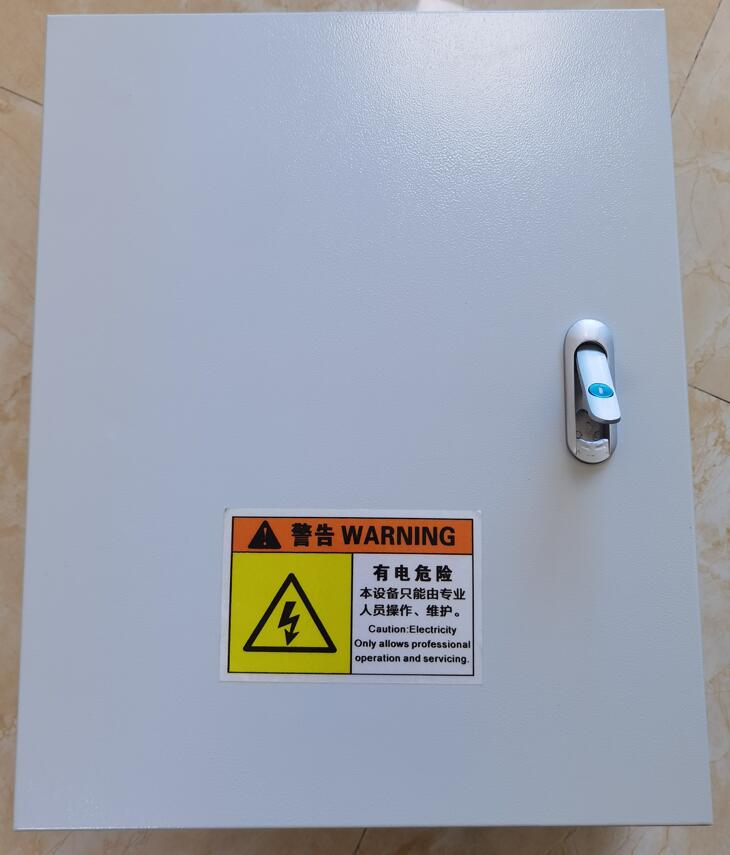In the meticulously orchestrated domain of aviation safety, obstruction lighting systems are the visible sentinels. However, their effectiveness is entirely governed by an unsung hero: the aviation light controller. This critical device is the central nervous system, the intelligent nexus that transforms a collection of individual lamps into a synchronized, reliable, and compliant safety network. Moving far beyond a simple switch, the modern aviation light controller embodies the technological evolution towards smarter, more resilient, and data-driven infrastructure protection.
From Basic Switching to Centralized Command
The fundamental role of an aviation light controller is straightforward: to activate and deactivate obstruction lights based on ambient light levels. Yet, this basic function belies its critical importance. A failure here doesn't just affect a single light; it can compromise the entire lighting system for a structure, creating a significant aviation hazard.

Early controllers were simple photoelectric relays. Today, they are sophisticated microprocessorbased units. A high-performance aviation light controller provides centralized command for multiple circuits, often managing high-intensity (HI) and medium-intensity (MI) lights on the same structure in accordance with regulatory mandates. It ensures the correct sequence of operation—for example, triggering HI strobes only after dusk or during periods of low visibility while maintaining steady-burning MI lights. This precise orchestration is vital for providing pilots with the correct visual cues.
The Pillars of Modern Controller functionality
| aviation light controller |
Contemporary aviation light controllers are defined by several core capabilities that elevate them from simple components to mission-critical systems:
Uncompromising Reliability and Redundancy: Given their role, controllers are built to exceptional durability standards. They operate across a wide temperature range and are housed in robust, weatherproof enclosures. Many advanced models feature built-in redundancy, such as dual power supplies or a primary and secondary photocell, to ensure continuous operation even if a sub-component fails.
| aviation lights controller |
Advanced Diagnostics and Monitoring: A key differentiator of modern controllers is their ability to communicate. Through integrated relays or modern IoT protocols, they provide real-time status updates on system health. They can monitor lamp integrity across each circuit, instantly detecting and reporting bulb outages, power failures, or wiring faults. This capability transforms maintenance from a reactive, schedule-based chore into a proactive, predictive practice.
Remote Control and Integration: The ability to interface with remote monitoring systems (RMS) or building management systems (BMS) is now a standard expectation. Operators can receive immediate alerts of a fault via SMS or email, view system status from a central control room, and even manually override the system for testing purposes. This remote accessibility is crucial for managing lights on remote or difficult-to-access structures like wind farms or tall telecommunication towers.
Regulatory Compliance and Testing: A quality aviation light controller simplifies compliance with FAA, ICAO, and other aviation authority regulations. Features like built-in test circuits allow for automated or manual testing of all connected lamps without needing to disconnect them, ensuring the system is always functional and audit-ready.
Intelligence at the Edge: The Next Evolutionary Step
The future of the aviation light controller lies in greater intelligence and edge computing. Next-generation controllers are evolving into full-fledged network nodes. They can log operational data, track historical performance, and even perform self-diagnostics. In complex lighting systems, they can communicate with individual "smart" lights, creating a mesh network where each component reports its status directly to the controller.
This intelligence also paves the way for adaptive systems. Imagine a controller that not only responds to ambient light but also receives a real-time data feed from a local weather station. During sudden fog or low cloud cover, it could automatically activate high-intensity strobes during daytime hours, enhancing safety beyond the capabilities of a simple photocell.
Selecting the Right Controller: A Decision of Critical Importance
Choosing an aviation light controller is a decision that impacts safety, operational efficiency, and maintenance overhead. Key selection criteria include:
Robustness: The unit must be engineered for continuous, 24/7 outdoor operation.
Compatibility: It must seamlessly interface with the existing or specified lighting types (LED, halogen, strobe) and power systems.
Monitoring Capabilities: The controller should provide clear, actionable data on system status.
Certification: It should be designed and tested to meet relevant aviation and electrical safety standards.
The Guardian of the System
While obstruction lights are the visible warning, the aviation light controller is the vigilant guardian ensuring those warnings are always present and correct. It is the critical intelligence that guarantees reliability, enables proactive maintenance, and provides peace of mind to asset owners and aviation authorities alike. As technology advances, the role of this essential device will only expand, solidifying its position as the indispensable brain behind the beacons that safeguard our airspace. Investing in a sophisticated controller is not just about purchasing a component; it is about investing in the unwavering reliability of an entire safety system.